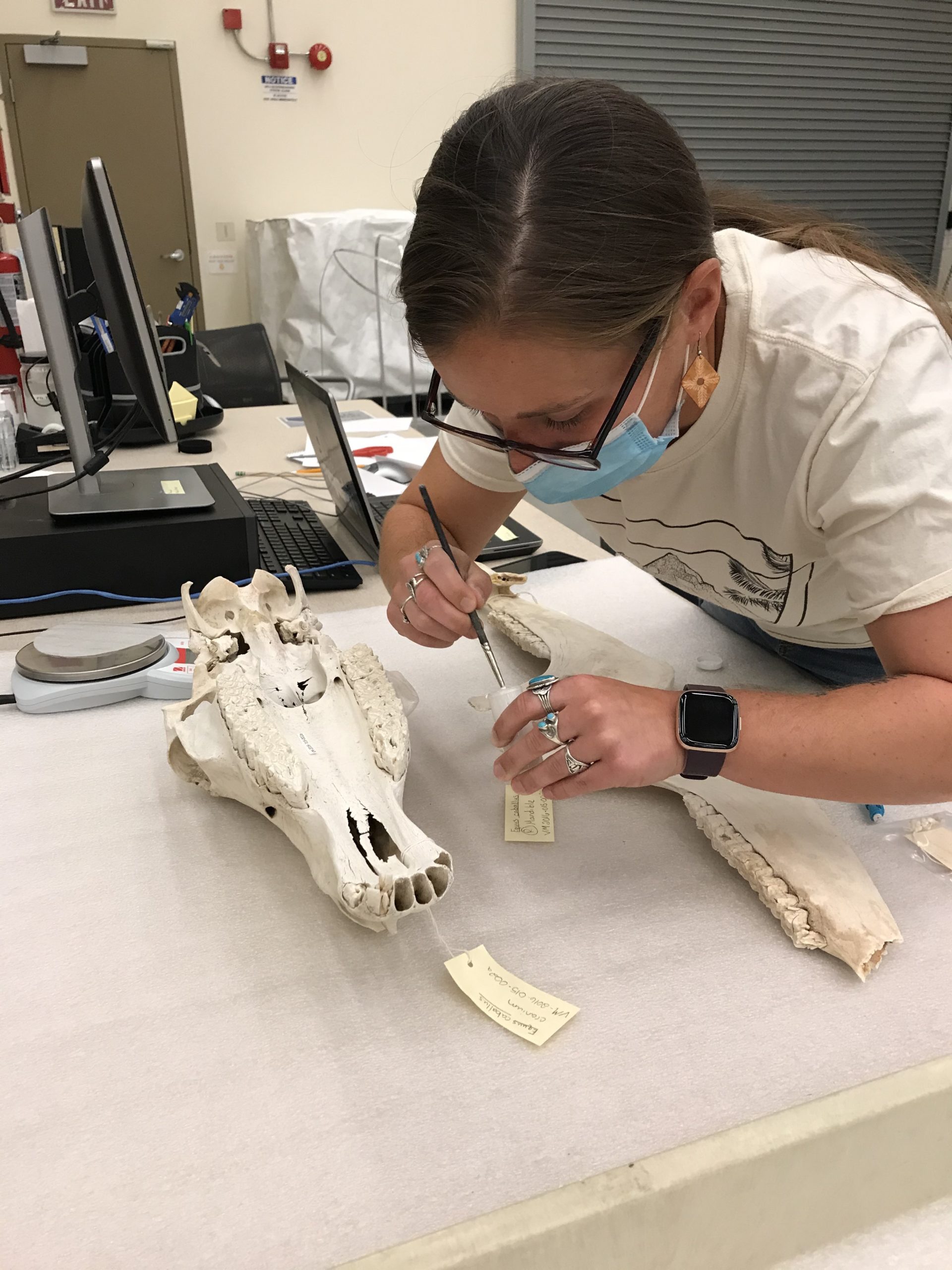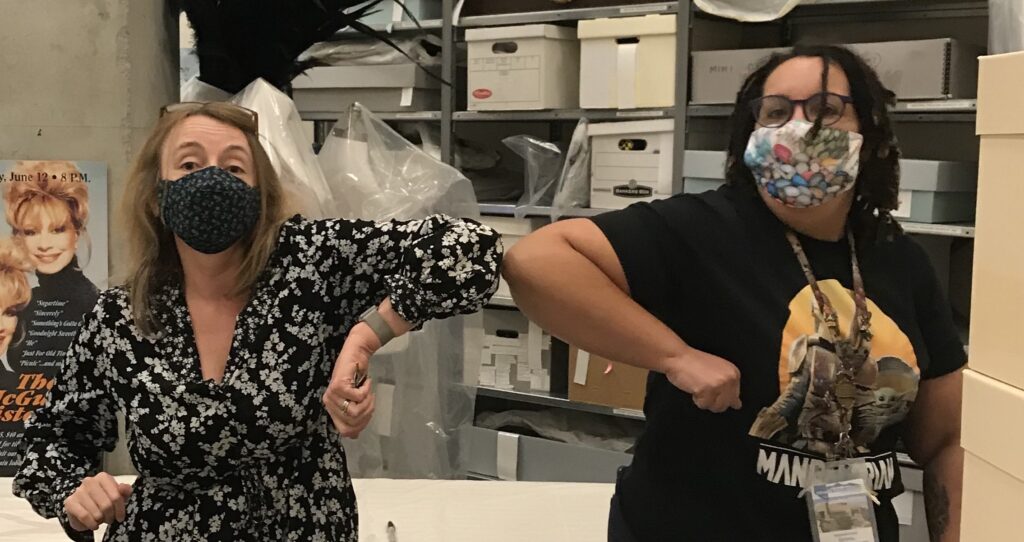Looking Back and Moving Forward – Core Documents
This is part 1 of a series of articles looking back at the museum’s activities throughout 2020. Although it was a challenging year, NSMLV celebrated many achievements and we used this time to to develop more intentional practices for moving forward by reflecting upon and learning from our past.
2020 in Review: Core Documents
NSMLV first earned accreditation from the American Alliance of Museums in 1990. Since then, we have have continued to maintain our accreditation, earning our last reaccreditation in February of 2018.
“Reaccredtiation means the museum continues to meet National Standards and Best Practices for U.S. Museums and remains a member of a community of institutions that have chosen to hold themselves publicly accountable to excellence. Through a rigorous process of self-assessment and review by its peers, the museum has shown itself to be a good steward of its resources held in the public trust and committed to a philosophy of continued institutional growth.” – Letter from AAM to Dennis McBride, museum director, 7 March, 2018 (NSMLV Institutional Archives)
As part of reaccreditation, museums must undergo a rigorous process that involves a variety of steps, including reviewing and updating the museum’s core documents. Although these documents aren’t glamorous, they form the foundation of the museum by reaffirming that the museum is more than 4 walls – the museum is an idea and our collections are at the heart of that idea.
Dedicated to continual growth accomplished with intention and reflection, the museum curatorial/collections team committed to creating new core documents to better reflect the museum’s identity and the needs of the communities we serve. When we temporarily closed our doors in March of 2020, the museum team used the time to complete the two core documents that serve as the pillars of our institution: the Collections Management Policy and the Scope of Collections.
Collections Management Policy
This document outlines major museum processes in relation to to the care and acquisition of our collections (the artifacts) by addressing ethics, philosophy, and best practices. The NSMLV Curators decided to take it a step further and added procedures to the policy document so that all team members would be able to find not only the “why,” but also the “how” of museum operations.
The Collections Management Policy and Procedures (CMPP) “details the processes the Museum follows to responsibly acquire, research, preserve, and make available materials concerning the history, prehistory, and natural history of Nevada and the surrounding area, with a focus on southern Nevada” (NSMLV Collections Management Policies and Procedures, p. 5).
This document includes everything from definitions of common museum terms as used at NSMLV to the processes of completing loans to and from other institutions.
Our next review of the document is scheduled for May 2021. Read the current Collections Management Policies & Procedures.
Scope of Collections
In this document, museum curators detail how we plan to shape the museum’s collections. To put it another way, while the Collections Management Policy tells us the “how” and the “why,” the Scope of Collections tells us the “what.”
To create this document, curators assessed the strength and weaknesses of individual collections. For example, while the museum has a broad collection of showgirl costumes, it does not have a robust collection of materials related to everyday life from various time periods and communities. Therefore, the museum is working to expand its representation of BIPOC (Black, Indigenous, People of Color) experiences in Nevada. In this way, the latest Scope of Collections serves as a reminder to address explicit and implicit biases in our collecting so that the museum may acquire artifacts that tell stories about all of our communities, past and present. Inherent in this process is the understanding that responsible acquisitions requires that the museum collections team maintain our knowledge of Nevada/Las Vegas natural history, history, and current events.
In light of the Covid-19 Pandemic, as well as the 1 October 2017 mass shooting, the museum team added a section called “Collecting Current History.” This section provides guidelines on how to to responsibly respond to situations that may require special care and consideration.
Read the new Scope of Collections.


